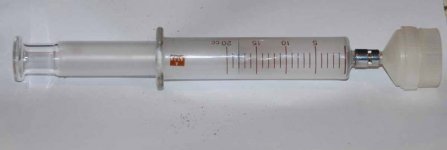id say: discard them...
many moons ago i recieved some very moldy/semi wet pound from a bro who wanted to know if we could make bubble out of it...
we tried it, and threw away everything...
safety/health comes first in my opinion!!!
blessss
many moons ago i recieved some very moldy/semi wet pound from a bro who wanted to know if we could make bubble out of it...
we tried it, and threw away everything...
safety/health comes first in my opinion!!!
blessss



